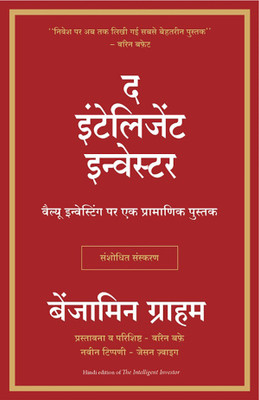

Early Bird Deals starts in03 hrs : 10 mins : 33 secs
A Brief History of Modern India | Spectrum | Rajiv Ahir | UPSC | Civil Services Exam | State Administrative Exams - 2024/Edition And Certificate Physical and Human Geography 2nd Edition | Best Suited for UPSC Aspirants Combo (Paperback, Rajiv Ahir, Goh Cheng Leong)
Share
A Brief History of Modern India | Spectrum | Rajiv Ahir | UPSC | Civil Services Exam | State Administrative Exams - 2024/Edition And Certificate Physical and Human Geography 2nd Edition | Best Suited for UPSC Aspirants Combo (Paperback, Rajiv Ahir, Goh Cheng Leong)
4.3
3 Ratings & 0 ReviewsSpecial price
₹435
₹899
51% off
Coupons for you
T&C
Available offers
T&C
T&C
T&C
T&C
Delivery
Check
Enter pincode
Delivery by11 Sep, Thursday
?
View Details
Highlights
- Binding: Paperback
- Publisher: Cutvcut Publishing
- Genre: Entrance Exam Books
- ISBN: 9783961210596
- Edition: 30th & 2nd Edition, 2024
- Pages: 1240
Services
- Cash on Delivery available?
Seller
Description
About the Book ? The advent of the Portuguese—the first Europeans to land in India who managed to carve out enclaves of power—showed up the chaotic situation in this vast land. The mighty Mughals were yet to build their empire but they never quite gained mastery over the seas; on the other hand, the colonial empires were built on the strength of the naval power of their home countries. This book reviews the turbulent period in the history of India from the advent of the Europeans and the gradual establishment of British rule over India upto the nation’s independence from colonial rule. It also discusses the developments on the socio-economic front, the reform movements, growth of the press, progress of education, besides the economic impact of British rule and the British administrative policies. It also briefly examines the challenges faced by the country immediately after independence and the notable developments that have taken place under the various governments brought to power by the people exercising their vote. The appendices features notable personalities linked to different stages of the national movement, in addition to those covered in the main chapters. A special section includes women freedom fighters. The section also includes charts, lists, and tables related to Indian National Congress annual sessions (1885-1950), caste movements, governor-generals and viceroys: significant events in their rule, and newspapers and journals. This revised edition incorporates new information relating to various tribal movements, constitutional developments, workers' movements, and personalities associated with the freedom movement.
This second edition of Certificate Physical and Human Geography has been carefully crafted to meet the needs of students preparing for competitive examinations conducted by the UPSC, State Public Service Commissions, and other examining bodies, as well as the syllabi of different secondary school examination boards in India. All the main aspects of physical geography, world climatic and vegetational regions, and human geography have been integrated so that the relationships between them can be easily understood. Frequent examples and a profusion of diagrams, sketches, and photographs have been included to give students a deeper understanding of the principles involved. Questions and exercises have been provided at the end of each chapter to help students test their own understanding of the subject. The book is designed to be user-friendly, making complex geographical accessible to a wide range of readers, from beginners to advanced learners.
Read More
Specifications
Book Details
| Publication Year |
|
Contributors
| Author Info |
|
Ratings & Reviews
4.3
★
3 Ratings &
0 Reviews
- 5★
- 4★
- 3★
- 2★
- 1★
- 2
- 0
- 1
- 0
- 0
Have you used this product? Be the first to review!
Be the first to ask about this product
Safe and Secure Payments.Easy returns.100% Authentic products.
Back to top







